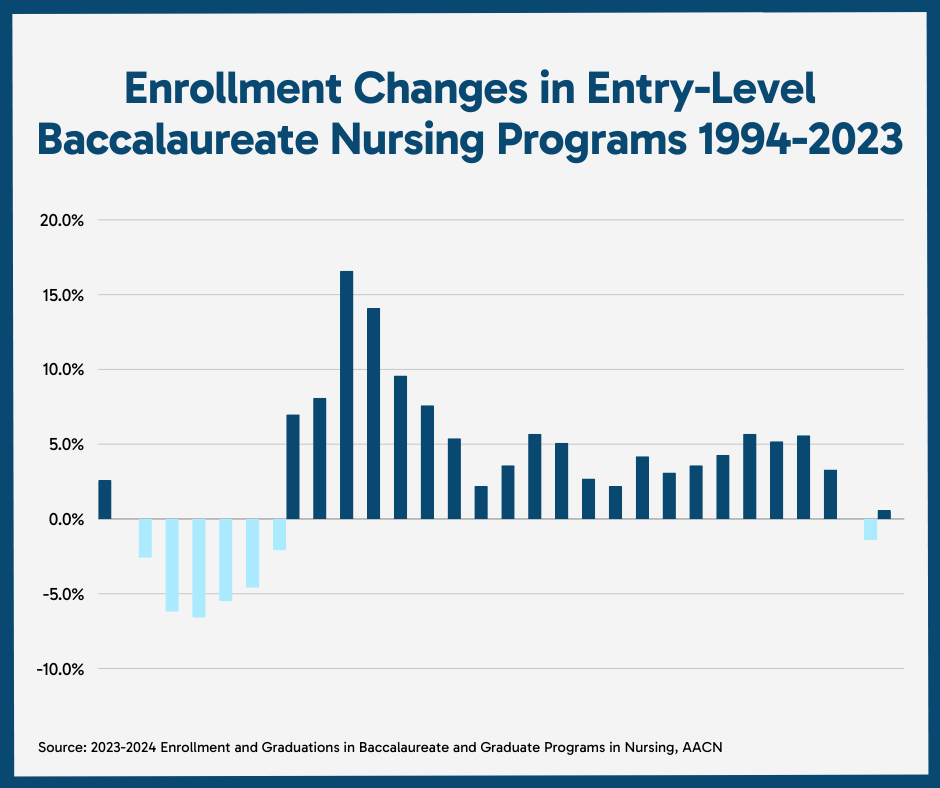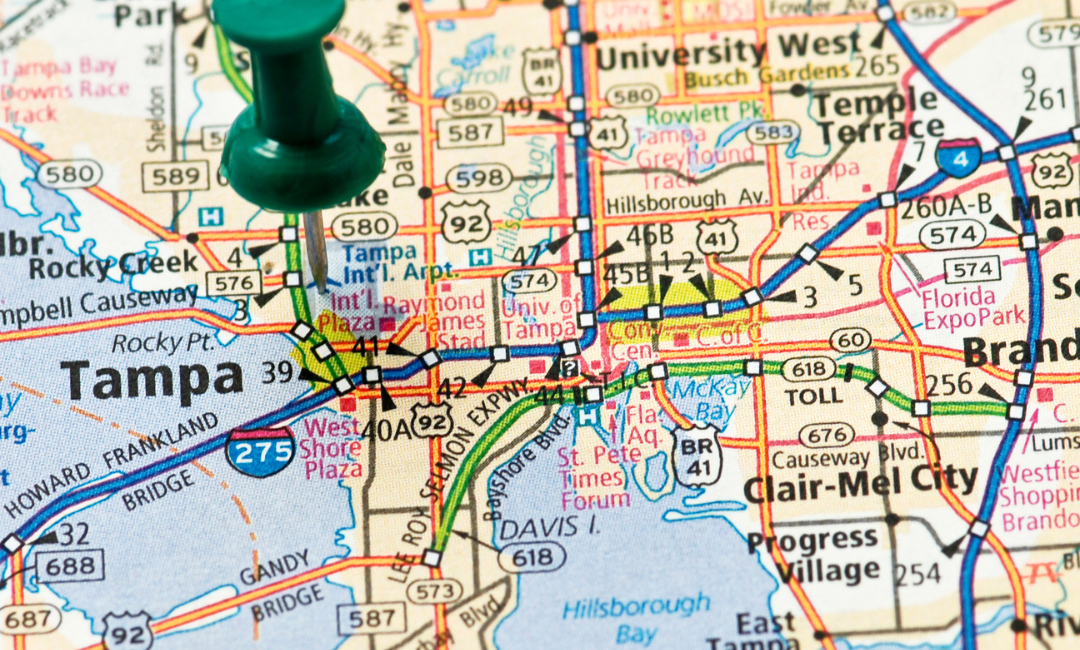Turning Students Away
Several programs also have skewed application-to-faculty ratios, causing qualified students to be turned away.
Central Florida colleges are among those unable to keep up with the quantity of nursing school admissions, even with increased faculty and new facilities. This results in programs not accepting candidates because of “lack of capacity.”
Nancy Gasper, dean of nursing at Seminole State College of Florida, told the RV Times that the “lack of faculty” also has played a role.
“It’s hard for nurses to leave the bedside and take a hit to their compensation to become educators,” Gasper said. “So I think there needs to also be a relook at those scales to see if there’s a way to level the compensation playing field.”
In the Midwest, Hawkeye Community College (Waterloo, Iowa) has a waitlist for its program, and struggles to get students into area hospitals for clinical rotations, according to Omaha WOWT. Troy Moran, dean of health sciences, told the NBC affiliate that in their area alone, multiple programs compete for space at a select number of hospitals — on top of issues with recruiting faculty.
“The competitiveness of the market, right, what nurses are earning out in the industry,” Moran said. “We really cannot get that close to what they’re doing so they have to have a passion to want to teach.”
Struggling to get into public programs, some students opt for the higher cost of a private education just to enter the field, according to a December 2023 Cal Matters report.
“Private nursing schools are teaching more students each year, filling in the gaps as California hospitals face increasing staffing shortages and public, four-year universities struggle to grow,” Cal Matters reported. “According to the California Board of Registered Nursing, in 2021 nearly 64,300 students applied for just 16,600 spots in associate, bachelor’s, and master’s degree nursing programs. About 55% of those spots were at private institutions.”
Overall Trend
Enrollment dropped in both 2023 and 2024 for RN-to-BSN programs, according to AACN data
“Last year, enrollment in RN-to-BSN programs decreased by 16.9% or 19,871 students,” AACN stated in 2023. “This downward trend follows an enrollment surge in RN-to-BSN programs, which saw a rapid increase from 30,684 students in 2002 to 139,587 enrolled students in 2018. Today, fewer than 100,000 students (98,734) are enrolled in these programs.”
Enrollments decreased across programs, yet “thousands of qualified students were turned away from four-year colleges and universities” in 2023.
“The primary barriers to accepting all qualified students at nursing schools continue to be insufficient clinical placement sites, faculty, preceptors, and classroom space, as well as budget cuts,” AACN stated.
The possible trend continued in the 2024 report, with AACN identifying the same contributing factors.










